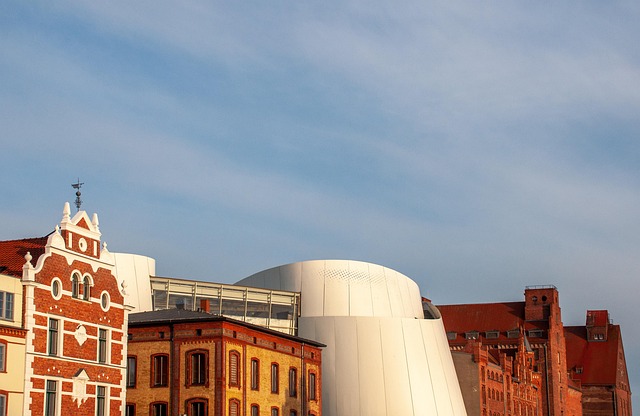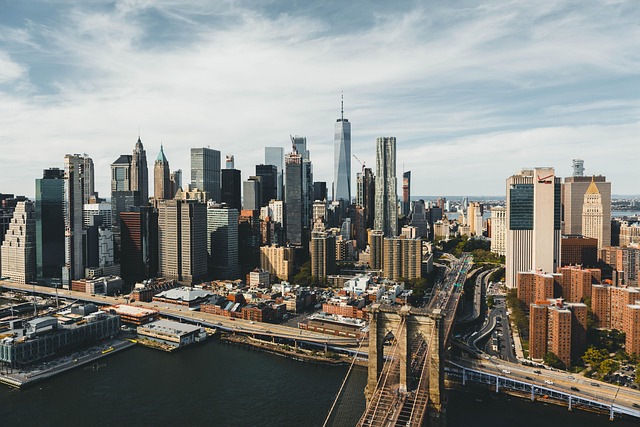Saadi Road in Karachi is a historic and cultural hub that reflects the city's transformation from a fishing village to a modern metropolis. Known for its unique colonial-era architecture and remnants of past commercial splendor, this road is named after the Saadi dynasty. Today, it stands as a testament to Karachi's rich heritage, blending traditional arts with modern influences and attracting locals and visitors with its captivating blend of history and contemporary life.
“Karachi’s bustling streets tell tales of its rich history and evolving identity, with Saadi Road and Abdullah Haroon Road standing as notable chapters. Saadi Road, a historical gem, weaves through the city, boasting architectural marvels and cultural landmarks that reflect Karachi’s diverse heritage. Meanwhile, Abdullah Haroon Road has emerged as a modern commercial hub, attracting businesses and visitors alike with its vibrant energy.
This article explores these two distinctive avenues, unravelling their unique charm and impact on the vibrant landscape of Karachi.”
- Saadi Road: A Historical and Cultural Perspective
- – Brief overview of Saadi Road's significance in Karachi's history
Saadi Road: A Historical and Cultural Perspective

Saadi Road, a storied thoroughfare in Karachi, is more than just a street; it’s a vibrant thread woven into the city’s rich historical and cultural tapestry. Its name itself evokes a bygone era, paying homage to the Saadi dynasty that once ruled parts of South Asia. Over centuries, the road has witnessed the rise and fall of empires, been a bustling marketplace for spices, silks, and precious stones, and served as a hub for literary gatherings and cultural exchanges. Today, Saadi Road remains a testament to Karachi’s past glory, where antique shops, historic buildings, and the echoes of traditional arts still resonate. Its unique character draws both locals and visitors, inviting them to explore the city’s multifaceted heritage.
From colonial-era architecture to the remnants of a once-thriving commercial center, Saadi Road bears the scars and beauty of Karachi’s evolution. It’s not just about the past, though; the road continues to evolve, embracing modern influences while preserving its historical essence. This dynamic blend makes Saadi Road a captivating destination, offering a unique glimpse into Karachi’s complex story within its bustling metropolis.
– Brief overview of Saadi Road's significance in Karachi's history

Saadi Road, nestled in the heart of Karachi, is more than just a bustling thoroughfare; it’s a vibrant thread woven into the city’s rich tapestry. Historically significant, this road has witnessed the metamorphosis of Karachi from a small fishing village to a sprawling metropolis. Over the decades, it has been a witness to the hustle and bustle, the indelible marks of progress, and the ever-changing face of the city. From its early days as a navigation point for travelers, Saadi Road has evolved into a center of trade, culture, and commerce, reflecting Karachi’s dynamic nature.
In the context of Karachi, Saadi Road stands out as a symbol of adaptability and resilience. It has been a game-changer in terms of urban development, housing diverse communities, and facilitating various economic activities. The road’s significance is not just geographical; it resonates with the city’s history, reflecting its transformation and the stories of its folks. As a result, Saadi Road remains an integral part of Karachi’s identity, offering a glimpse into its past while shaping its present and future.
In the vibrant city of Karachi, the interplay between Saadi Road and Abdullah Haroon Road showcases the dynamic evolution of urban landscapes. Saadi Road, with its rich historical and cultural tapestry, stands as a testament to the city’s past, while Abdullah Haroon Road exemplifies modern Karachi’s bustling growth. Both roads, in their unique ways, contribute to the city’s identity, navigating through time and enhancing its diverse character.



